The world has entered a new era of great power competition. The 2017 U.S. National Security Strategy declared:
‘After being dismissed as a phenomenon of an earlier century, great power competition returned. China and Russia began to reassert their influence regionally and globally. They are contesting our geopolitical advantages and trying to change the international order in their favor.’[i]
This article was written by
Building off the concept of a renewed great power competition, the U.S. National Defense Strategy took a broad view of the necessary actions to ensure national security:
A long-term strategic competition requires the seamless integration of multiple elements of national power—diplomacy, information, economics, finance, intelligence, law enforcement and military. More than any other nation, America can expand the competitive space, seizing the initiative to challenge our competitors where we possess advantages and they lack strength.[ii]
What the National Defense Strategy calls for, in essence, is a Competitive Strategy. This is an approach developed by the Pentagon’s Office of Net Assessment in the late 1970s to construct a long-term strategy for managing the military threat posed by the Soviet Union.[iii]
The main steps in the Competitive Strategies process are: 1) the identification and evaluation of the enduring strengths and weaknesses of both sides; 2) the alignment of one side’s enduring strengths against the other’s areas of weakness, and; 3) the identification of specific actions that one side can employ to exploit their strengths against the adversary’s weakness.
This study seeks to support the visions articulated in the National Security Strategy and National Defense Strategy by developing a Competitive Strategy that can be employed to counter Russian aggression against the North Atlantic Treaty Organization (NATO). It identifies areas of comparative Western strength and Russian weakness.
It also identifies policies, mechanisms and investments that the U.S. and NATO should pursue to position strengths against weaknesses, thereby enabling the West to compete more effectively against Russia.
The current competition between the U.S./NATO and Russia is fundamentally different from that of the Cold War decades. So too is the international environment in which it is taking place and the relative power of the competitors. Hence, the U.S. needs a new approach to confront the Russian threat to NATO.
A new strategy for the long-term competition with Russia must address the relative prominence of hybrid operations in Russia’s strategy while simultaneously responding to the marked improvements in its conventional military forces and the evolution of Moscow’s views regarding escalation to nuclear use. The West faces a multi-faceted threat from an adversary militarily weaker than its Soviet ancestor and more vulnerable to economic pressure, but seemingly much more capable of wielding non-military instruments of state power.
Russia today suffers from a range of strategic weaknesses or vulnerabilities that can be addressed in a long-term Competitive Strategy. These include:
- Chronic economic stagnation
- An increasingly authoritarian political system
- A small number of weak or dysfunctional allies
- A conventional military with limited capabilities and excessive ambitions
- Difficulties pursuing advanced military technologies
It is important to recognize that NATO’s and the U.S’ challenge is not from any particular element of Russian power. Rather, it is to defeat Putin’s strategy to disrupt the current international security system by denying Moscow the ability to disrupt this order at minimum risk and an acceptable price.
It is a mistake to view the current struggle between Russia and the Western allies primarily as a military competition. Certainly, attention must be paid to NATO’s ability to deter Moscow. But if Russia is denied the possibility of a quick, low-cost military campaign, then the competition will be decided on other battlefields. It is in these other domains that the U.S. and its allies have the advantage and are likely to prevail.
The primary competition should be in areas of Western strength and Russian weakness: economics, information operations, rule of law, the global banking system and advanced technology, such as commercial information technology (IT). The U.S. and its allies need to coordinate strategies to deny Russian access to investment resources and commercial technologies for its oil and gas industry.
The U.S. and NATO must compete with Russia in the conventional and nuclear military spheres. It must be made clear to Russia that it will never have a route to a quick and easy conventional victory against NATO, nor a credible option to escalate to the use of nuclear weapons without the certainty of retaliation. NATO needs a well-funded program to counter Russian investments in anti-access/area denial capabilities, particularly its integrated air defense. NATO needs to exploit its advantage in naval forces.
Air and missile defenses are a necessary component of a NATO Competitive Strategy. Russian leadership continues to be concerned with the potential for defenses to complicate its ability to execute high intensity disarming strikes against NATO. The U.S. and its allies need to exploit these concerns by deploying additional air and missile defenses.
Electronic warfare (EW) and cyber need to be priority areas for investment in a Competitive Strategy to counter Russia. EW assets should be directed at negating Russian air defense sensors, intelligence, surveillance and reconnaissance (ISR) assets and communications, command and control systems.
Read the full story here, courtesy of RealClearDefense.


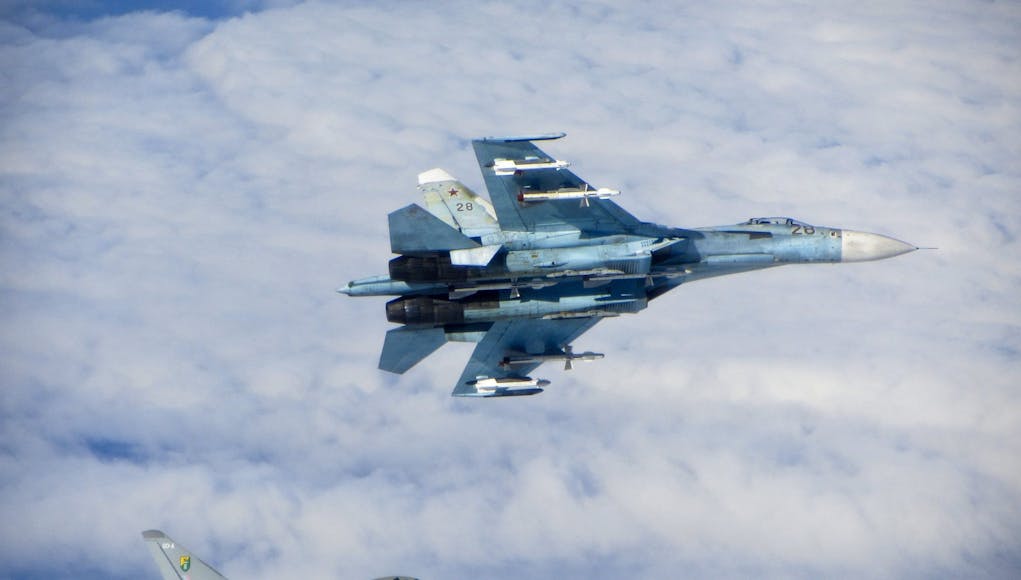
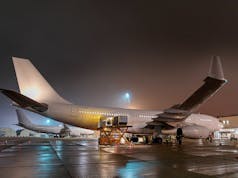

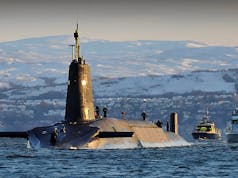
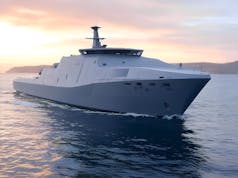
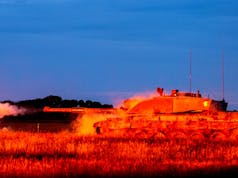

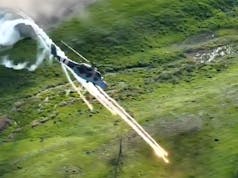


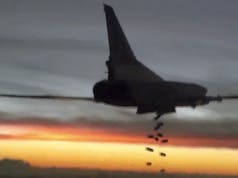

I like real clear defence, good website. Jane’s is a good one too
Looks like the PTB have FINALLY woken up from their slumber and suddenly realized “we’re not in Kansas anymore”…
http://www.foxnews.com/tech/2018/05/17/new-air-force-weapons-strategy-speeds-missile-warning-hypersonics-and-f-35-technology.html
Cheers!
The greatest threat from Russia and China is a massive leap in missile technology, the S400, hypersonics and the introduction of much more capable anti-ship missiles.
Great article.
The best way to contain Russia is to keep bankrupting them, like we did in cold war 1.
Russia’s mouth is far too big for its wallet.
mac. To make the same mistake twice would require huge stupidity from Putin. We shouldn’t rely on that happening but thankfully Russia is basically half of the USSR. They would only be a threat if we ignore it. The EU could deter Russia without breaking sweat if they wanted to. But they will refuse to do so so long as others (UK, USA) are willing to save their scabby behinds.
https://news.usni.org/2018/05/17/expert-syria-deployment-pushing-limits-russian-military-capability
Cheers!
Russia don’t have the technology ….only on rt news not in reality ..
Russia can’t compete with the West tec or money